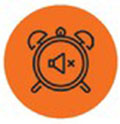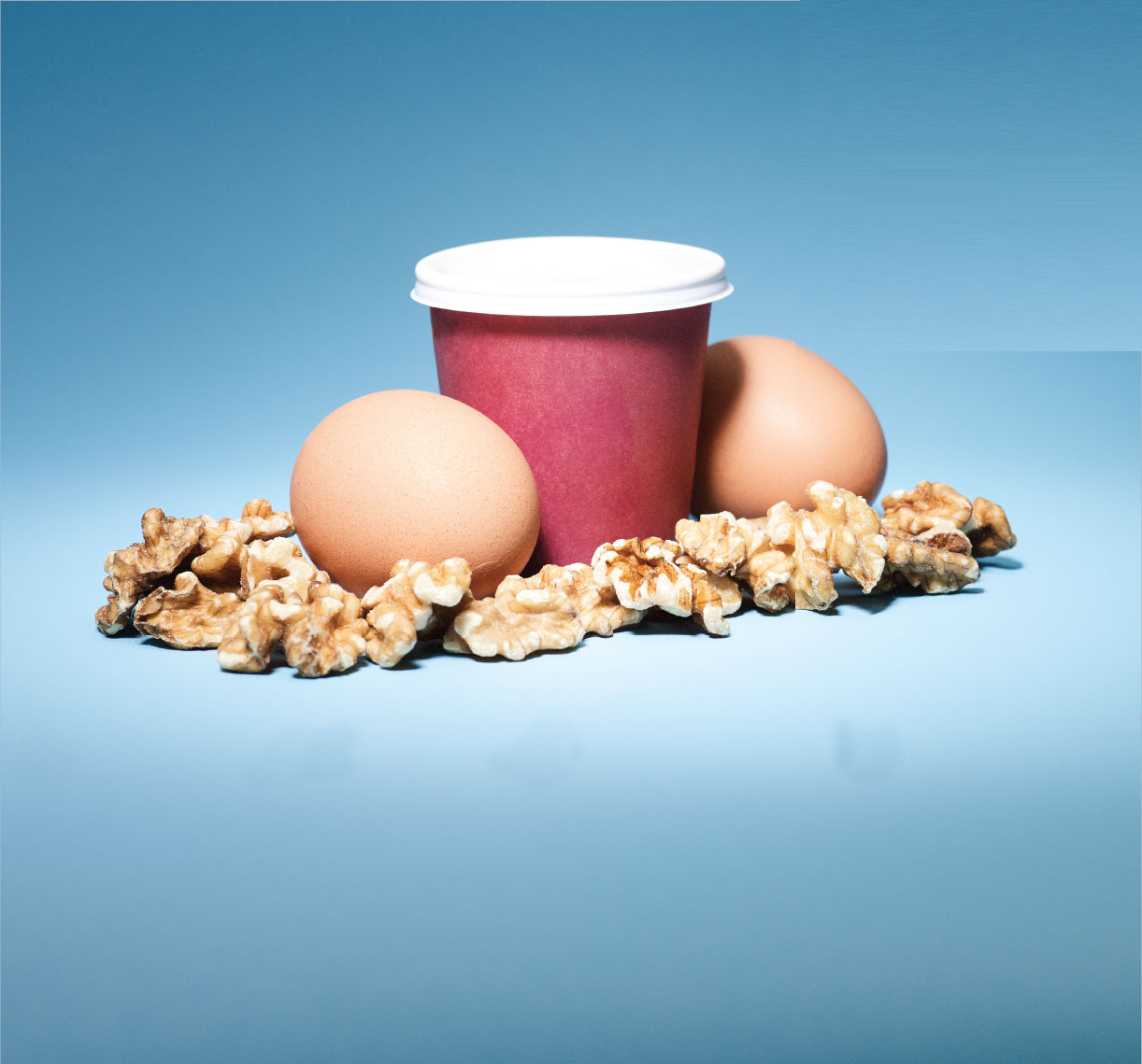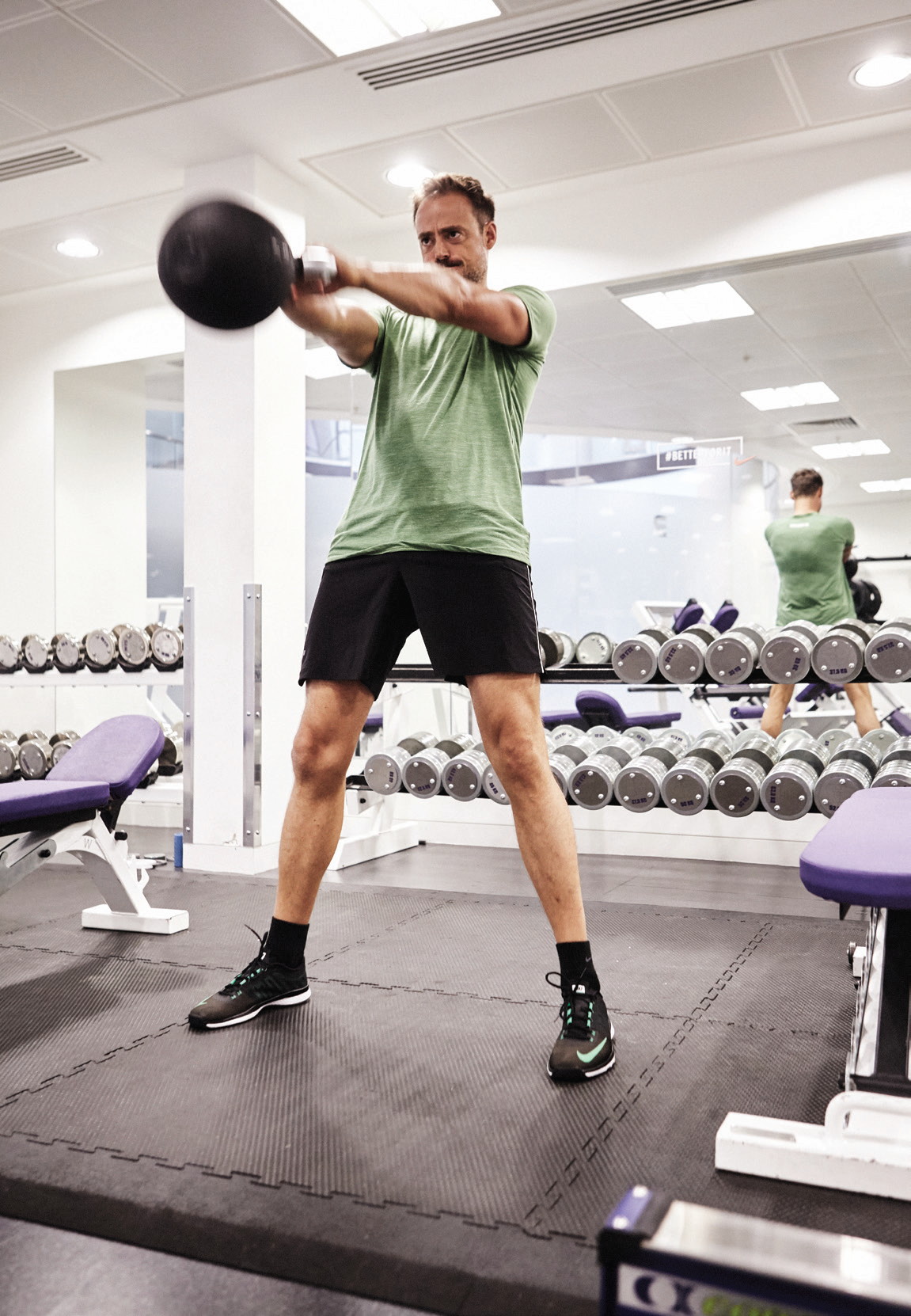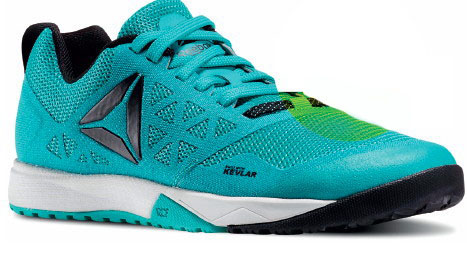There’s a reason you don’t take five aspirin for a headache: two will get the job done, and more might trigger unwanted side effects. That’s the concept of the Minimum Effective Dose applied to medicine, but it also works with training – if your aim is to lose fat, add lean muscle or simply get healthier, training until your testosterone levels drop and your cortisol cranks up can actually be counter-productive. Sure, if you’re planning to run the Marathon des Sables or ride the Tour de France then you’ll need more hours on the road or in the saddle, but the game’s the same: do the minimum you need to get the results you want, and not more. So how do you identify your MED? That’s where the team of expertsMF
has assembled come in. Read on to find out just want you need to do in the five categories below.
NUTRITION
Why upping your protein intake won’t automatically help you to add more muscle mass

SUPPS
Which supplements will give you the biggest bang for your sports nutrition buck?

TRAINING
Good news: spending hours at the gym isn’t necessary and may even be unhelpful

MOBILITY
Discover the five-minute mobility fix you can do at home that can help you stay injury-free

SLEEP
Quality not quantity is key when it comes to kip and our expert advice will help you sleep soundly

Eating essentials
Forget calorie counting and nutrient timing – the biggest results come from the most basic changes

GO UNPROCESSED
“There’s a lot more to health than just your macronutrients – protein, carbs and fat,” says Brian St Pierre, director of performance nutrition at Precision Nutrition. “You depend on appropriate amounts of vitamins and minerals to live, and especially to thrive. Technically, you don’t need phytonutrients from vegetables, fruits, wholegrains, nuts and legumes, but they do wonders for your health, recovery and overall vitality.” As a basic rule, aim for six to eight fist-sized portions of veg daily – but if you’re not even getting close, bear in mind that a UCL study found that anything above one portion a day reduces the risk of cancer and heart disease. The more the better, but some is enough.
GET ENOUGH PROTEIN
According to research published in the Journal Of The American Medical Association, the bare minimum you need to avoid losing muscle is 0.36g per kilo of bodyweight – but to build, you’ll need more. Forget grams, and think hands.
“For most men, we recommend six to eight palm-sized portions of protein-rich foods a day,” says St Pierre. “That’s items like poultry, beef, pork, fish, eggs, cottage cheese, Greek yogurt and protein powders. A mix of lean sources and less lean – think eggs, pork chops, steak – is sensible. That provides all the protein you need to build muscle, lose fat, improve recovery, and keep your immune system strong.”
FIND YOUR VITAMIN BALANCE
Not all vitamins are created equal. The fat-soluble kind (A, D, E and K) can be stored in your liver and fatty tissues, and that means you don’t need them all every day. However, their water-soluble brethren (C, the B vitamins and folic acid) will come out in your urine if you’ve got more than you need. Our suggestion? Get both kinds daily by rethinking your breakfast: chop up half a bell pepper, fry it in coconut oil, then toss in two eggs and scramble the lot.
…AND DO IT MOST OF THE TIME
“How consistently you should stick to this, and particularly how much of your intake should be from minimally processed whole foods, depends on your goals,” says St Pierre. “To be reasonably fit, healthy and lean I’d recommend shooting for around 80% of the time. Want to get really lean? Shoot for 90% or more. If you’re OK with being a little softer, and have more flexibility, 70% should do it.”
The stripped-down supplement stash
Don’t be the guy inhaling a handful of pills before breakfast. Sports nutritionist Aaron Deere selects the supplements you absolutely need to take – anything else is a bonus
PROBIOTICS: 1-10 BILLION CFU
Not familiar with CFU? It stands for ‘colony forming units’ – and that isn’t as much as it sounds. “If I had to choose one supplement to take, this would be it,” says Deere. “Probiotics are bacteria that live in our gastrointestinal tracts, helping us metabolise food, strengthening our immune systems and helping in the synthesis of some vitamins. The most recent research into probiotics has also linked them with influence on mood and cognitive function. There’s no government-recommended daily dose of probiotics, but research suggests aiming for one billion to ten billion live bacteria cultures.” Tablets can easily give you this, as can a daily serving of Greek yogurt or kefir.
EPA/DHA: 500MG
Let’s face it: you aren’t eating enough fish. “These omega 3 fatty acids have strong anti-inflammatory properties which can help neutralise the damage caused by training. Fish is the only real source of EPA and DHA in the diet – vegetarian sources of omega 3 are poorly converted to EPA and DHA,” Deere says. “The Scientific Advisory Council on Nutrition currently recommends two servings of oily fish a week to obtain the necessary amount of them, but only approximately 10% of the UK population currently manage that.” Take capsules or oil daily, aiming for 500mg.
VITAMIN D: 800IU
Just because the sun is shining doesn’t mean you’re getting enough. “Here in the UK, due to the angle of the sun’s UVB rays, we are only able to synthesise vitamin D from the sun from approximately April to October, leaving us unable to get enough vitamin D for more than half the year,” says Deere. “And even in the summer, the angle of the sun plays a key role – the general guide is that if your shadow is taller than you, your body won’t be making vitamin D. So in the UK, supplementing is the best option. Current recommendations are 400IU per day, but it’s a topic under review, with new research indicating that in the UK we may in fact need twice this amount, especially in the winter months.”

Train on time
Think short and hard or long and ultra-easy – your days of treadmill slogging are over

GO FOR THE TRIPLE
“For normal men, three gym sessions a week is likely to be enough – and will probably be more effective in the long run, as it’s more sustainable, more enjoyable, more flexible, and allows you to participate in other activities,” says St Pierre. “For most people, 45-60 minutes is enough. Foam roll for five minutes, warm up for five minutes, lift for 30-40 minutes, and finish with conditioning work – HIIT, rowing, loaded carries, sled pushes or kettlebell circuits – for five to 15 minutes.”

SET A MINIMUM EXECUTION
“Ever walk in the gym and get fed up and leave?” asks S&C coach Joseph Lightfoot, founder of Results Inc. “It happens to us all, but deciding on a minimum level of execution means you can salvage that day and make something of it. If you’re really pushed for time, pick one exercise and do it to the best of your ability.”

…AND A TIME LIMIT
“At Results Inc we find that when people are short on time their workouts can actually be better, even though they’re shorter,” says Lightfoot. “The easiest time to cut out is the dead time. You can waste more time than you think doing nothing. If you’re tight for time, be smart with your supersets: pair walking lunges with chin-ups, rear foot elevated split squats with landmine presses, or farmer’s walks with press-ups.”

STAY ACTIVE
Low-intensity activity is your secret weapon: it’ll burn a bit of extra fat with minimal stress on your body, keeping cortisol and overtraining in check. “Try and remain active on most days of the week – take the dog for walks, play with your kids, do a yoga session with your partner,” says St Pierre. “You can’t and shouldn’t go ‘beast mode’ all the time, especially once you’re over 35. A nice mix of intensities produces the best overall results.”
Minimalist mobility
No time for the foam roller? Do your mobility work between other exercises. Coach Joseph Lightfoot has the prescription
After pull-ups…the Spider-Man reach
Take a big lunge forward to stretch your hips. Plant both hands inside your lead foot, then twist towards the ceiling and reach up with one arm. On the next step, switch to the other side.
After press-ups… the wall slide
Stand with your back against a wall with your hands up, elbows and forearms against the brickwork. Slide your arms up, then down, maintaining contact with the wall without arching your back.
After squats… the “no money” drill Stand up straight with your arms out in front of you, palms up. Then rotate your arms out to your sides – the “no money” gesture – to stretch your pecs and strengthen your external rotators.

Don’t lose any sleep
It’s crucial for recovery and energy, but lots of us don’t get enough. Here’s how to optimise your shut-eye
Burning the candle at both ends? You probably know someone who claims to get by on five hours a night – or you’ve heard that Margaret Thatcher ran the country on four. Here’s the truth: the Iron Lady might have been part of what scientists call the “sleep elite”, but your office show-off’s probably just chronically slumber-deprived. According to a 2009 research project, roughly 1-3% of the population have a gene variation that lets them sleep much less than ordinary people, while keeping their metabolism (and pain tolerance) high. If you barely sleep even when the opportunity’s there, that could be you –but if you struggle by with caffeine and weekend lie-ins, you’re out of luck. Here’s the fix.

REFRAME IT
“Change starts with your perception,” says Shawn Stevenson, author of Sleep Smarter. “Instead of seeing sleep an obstacle to work around, look at it as an indulgence.” Instead of mindlessly clicking around on Netflix for an extra half-hour, treat yourself to an early night.

GET MORE SUN
It keeps your circadian rhythms online, which means your body releases serotonin at the right time to aid sleep. Aim to cash in on your way to work. “The body clock is most responsive between 6am and 8.30am,” says Stevenson. Your optical receptors trigger the hormones you need, so there’s no need to go shirtless.

EAT YOUR GREENS
According to a study from the Human Nutrition Research Center in North Dakota, a diet high in magnesium and low in aluminium is associated with deep, uninterrupted sleep. Go for green leafy vegetables, pumpkin seeds and brazil nuts.

TURN OFF THE CUES
If you don’t want to get off your screens before bed, switch your phone to airplane mode. “Automatic notifications trigger the release of dopamine, the ‘seeking’ hormone, which is tied to being alert and awake,” says Stevenson. “So every ‘Like’ and Tweet is keeping you up, seeking more validation.”

















